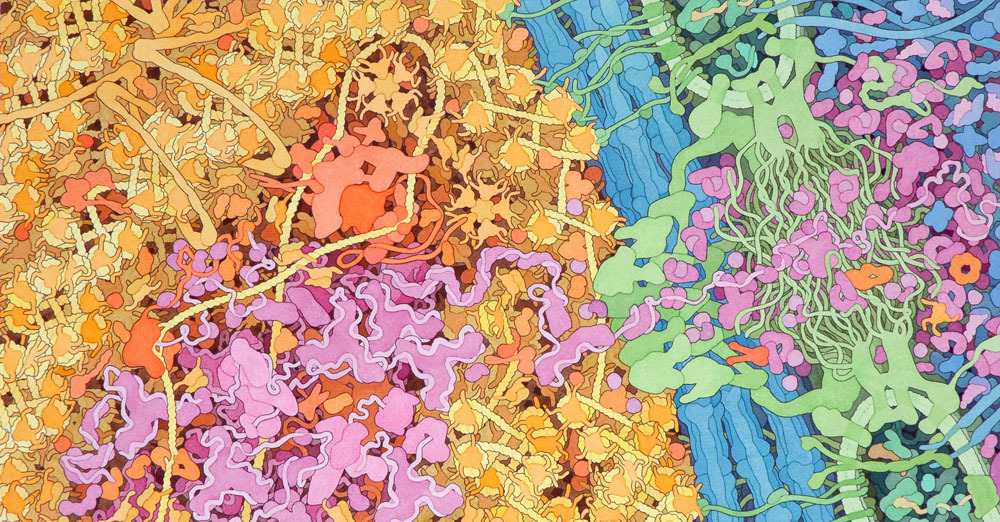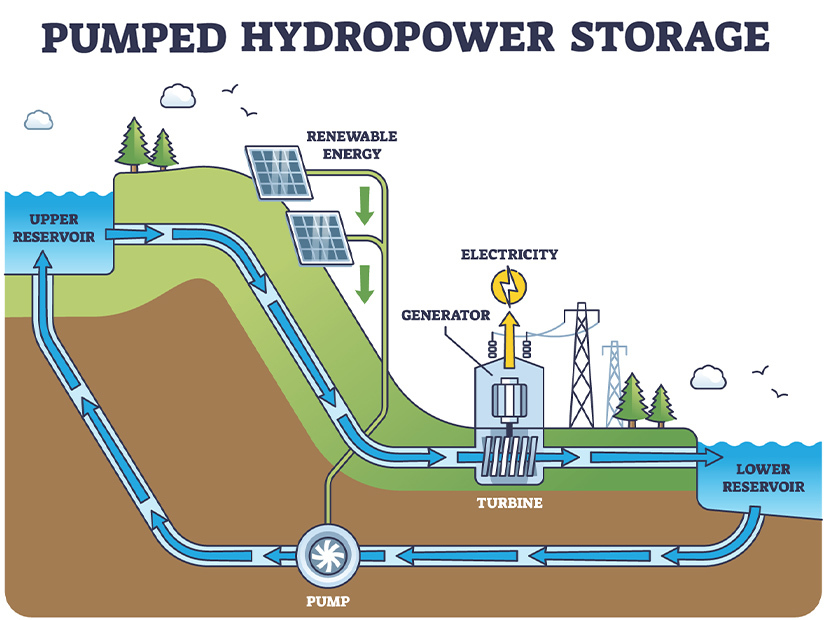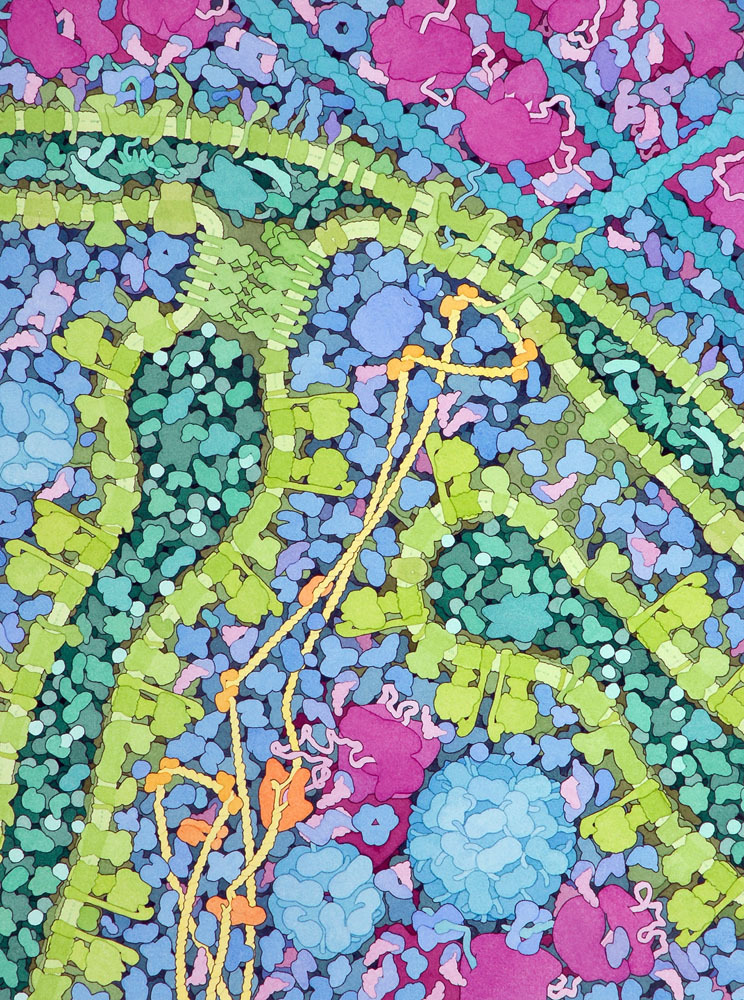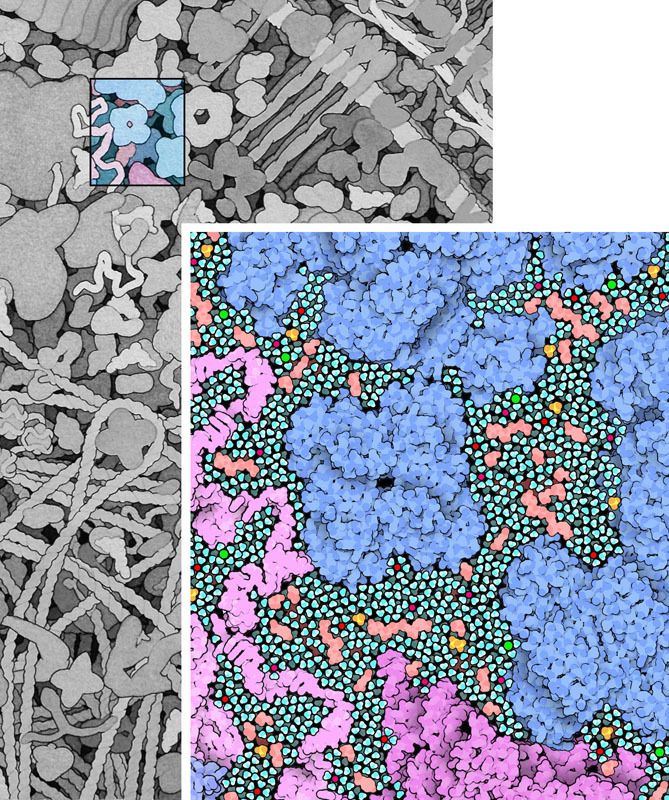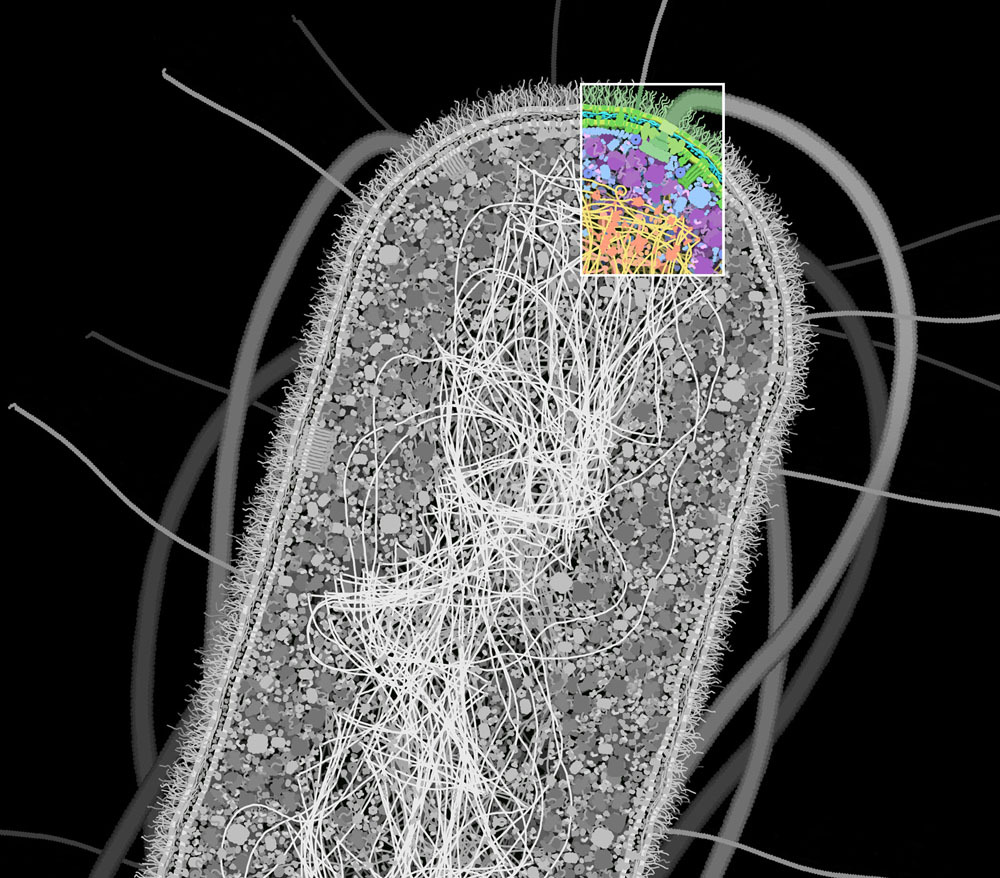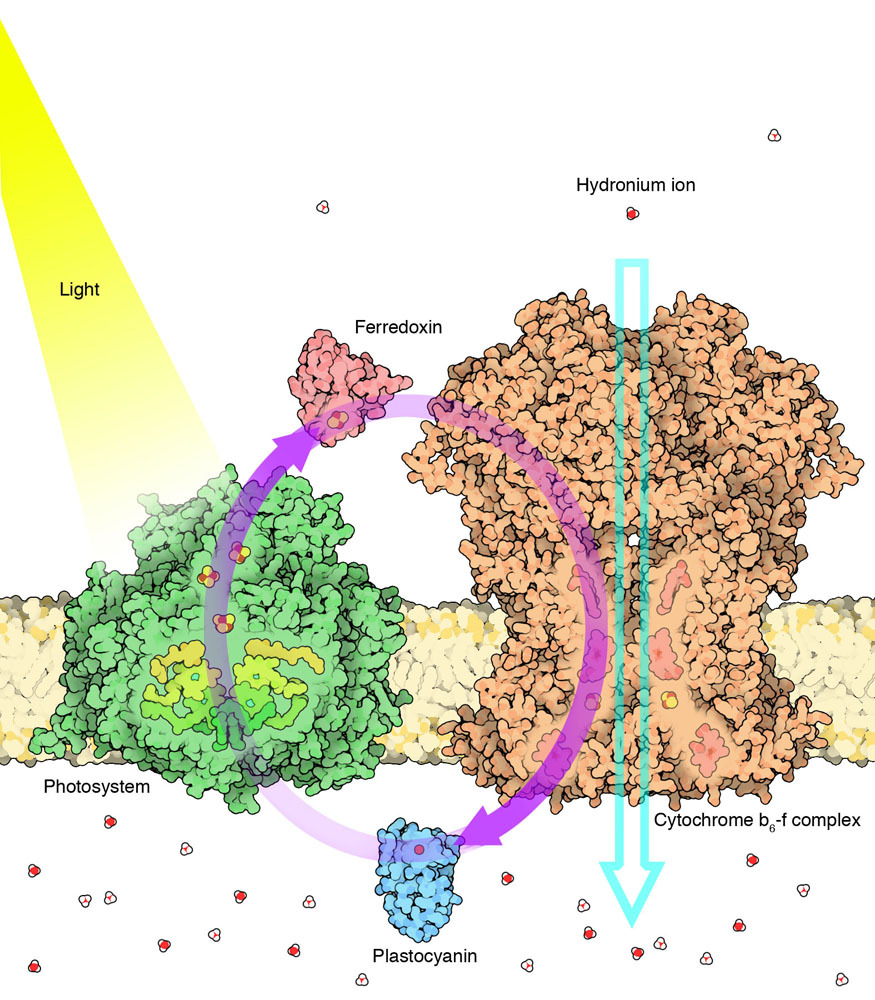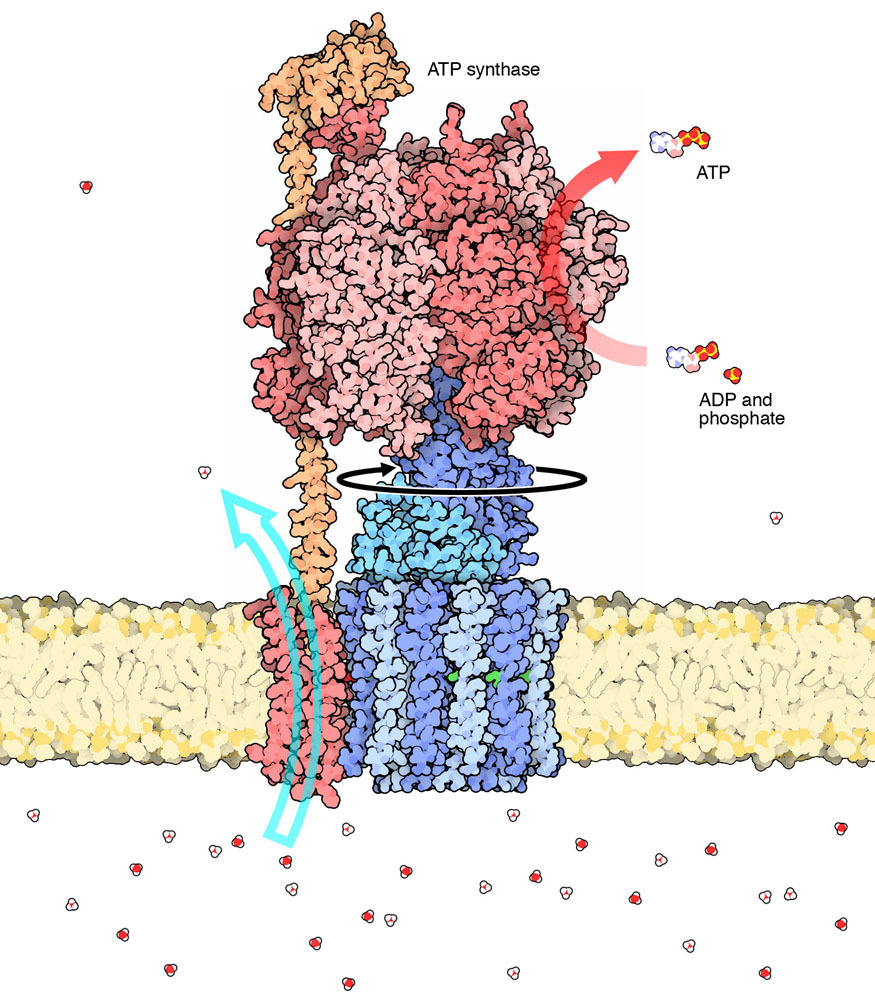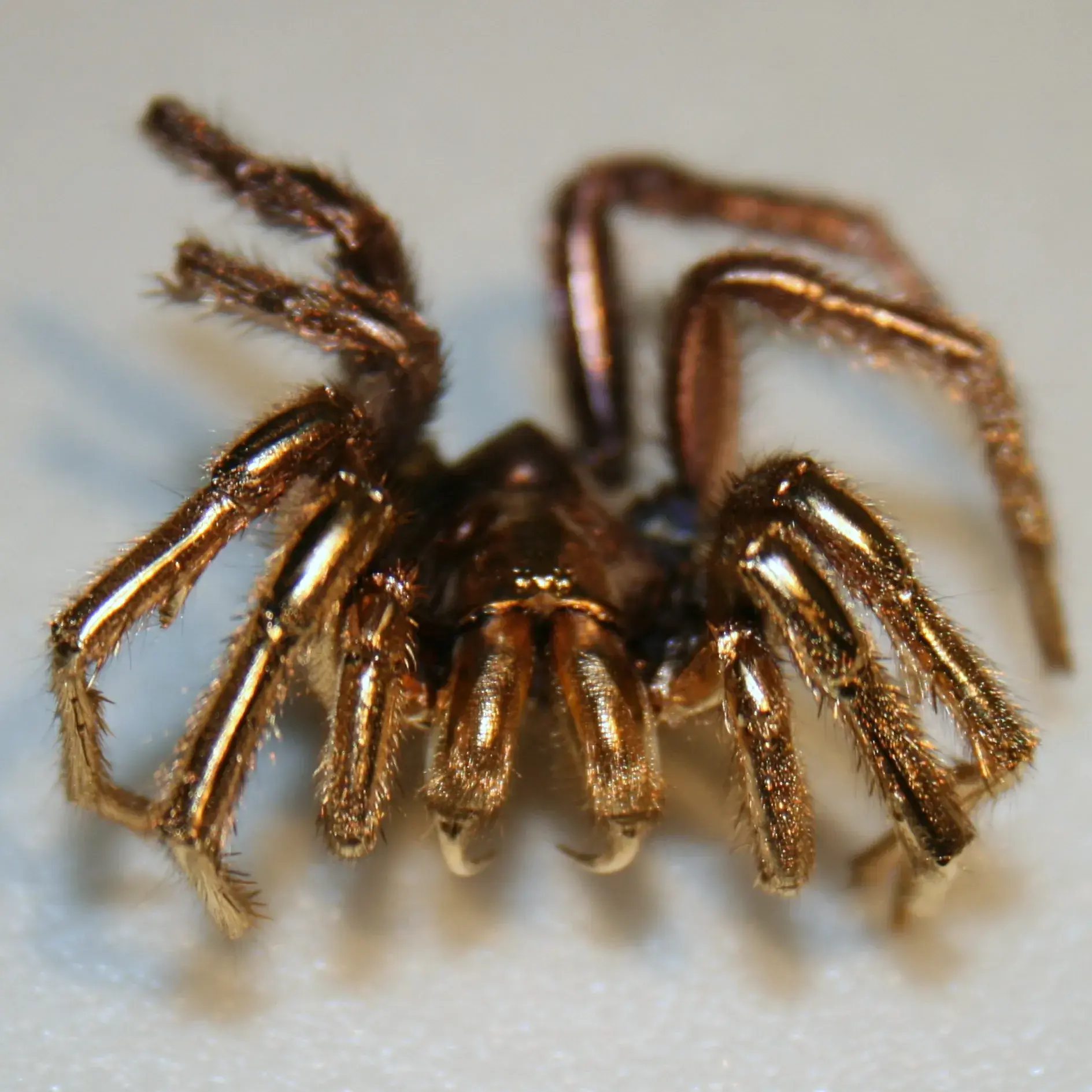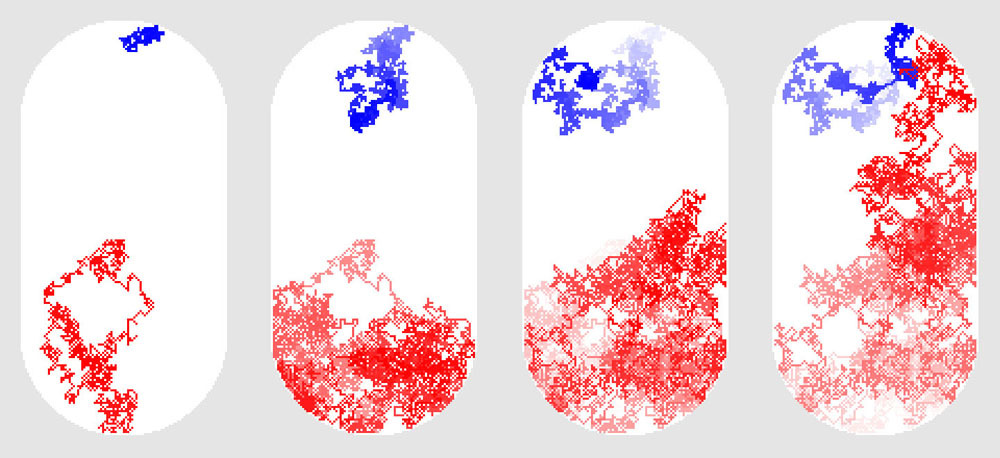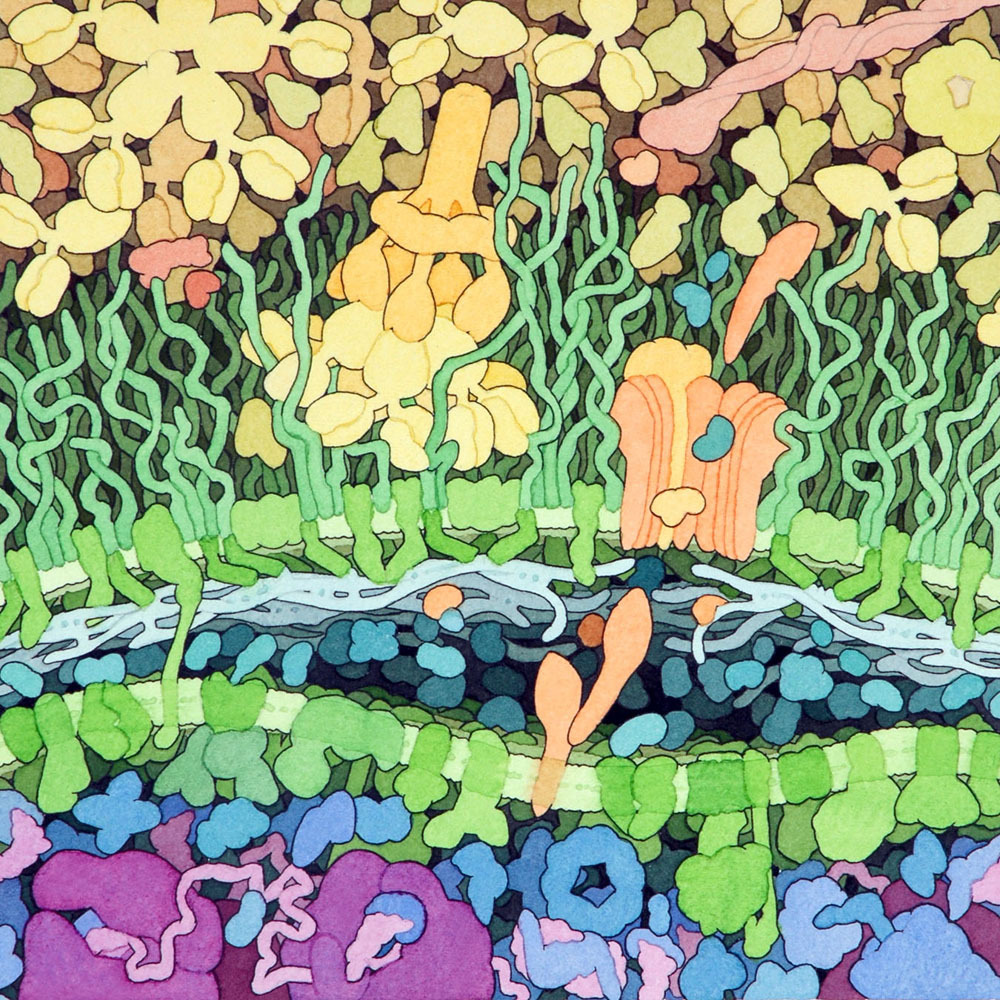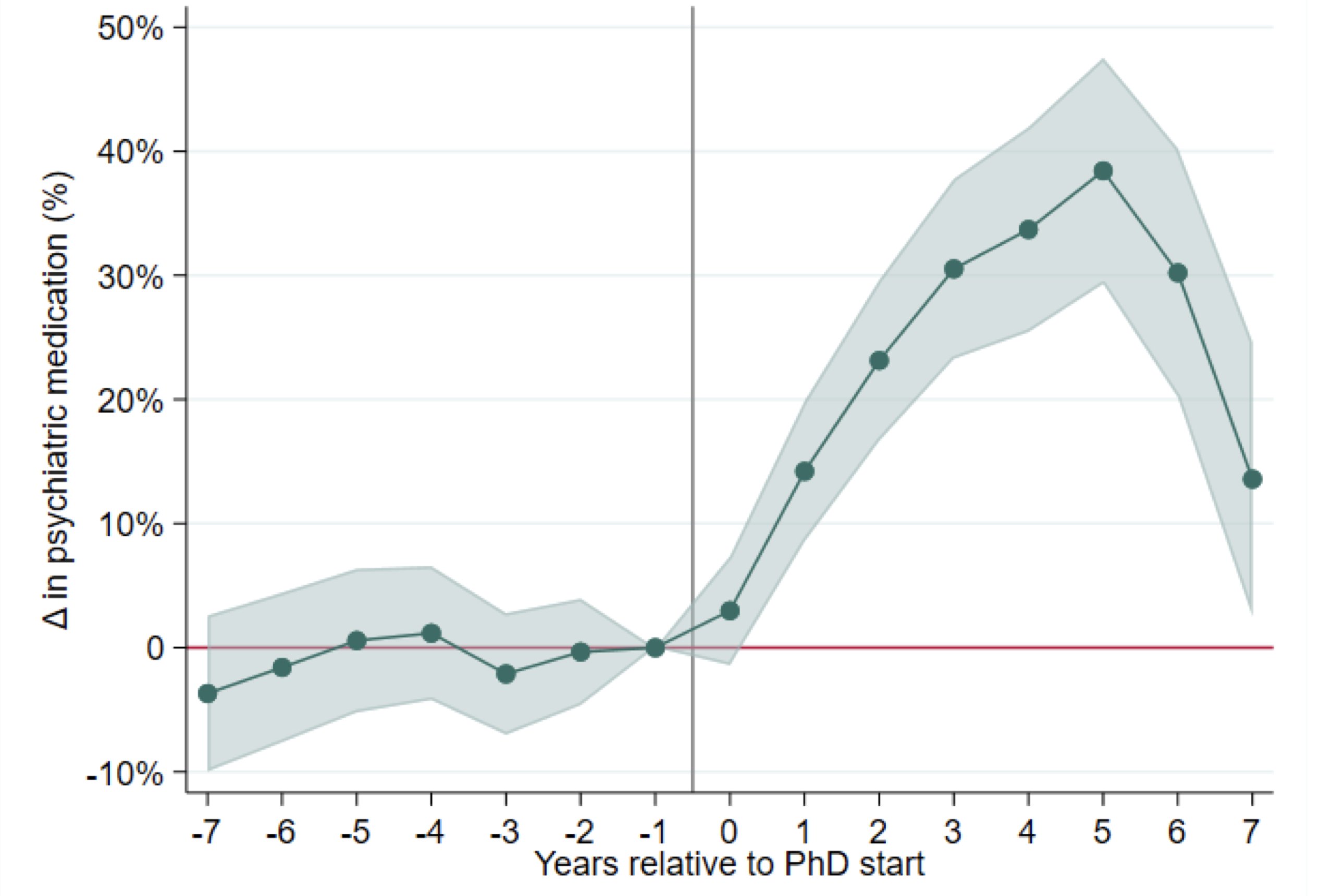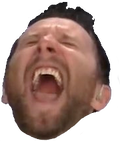In places where bat populations crashed, farmers sprayed more insecticides, and baby mortality spiked - 05 SEP 2024 - Erik Stokstad
https://www.science.org/content/article/my-jaw-dropped-bat-loss-linked-death-human-infants
In 2006, bats throughout New England began dying en masse from a mysterious and incurable fungal disease called white nose syndrome. Over the next decade, their populations plummeted—and humans living nearby suffered, according to a new study.
With fewer predators around, insect numbers increased, leading to farmers spraying about 31% more pesticides, researchers report this week in Science. At the same time, infant mortality in counties increased by 8%. The authors link those deaths to the rise in the use of insecticides, which are known to be dangerous, especially for fetuses and infants.
That link is a “pretty dramatic claim that’s going to get a lot of attention,” says Paul Ferraro, a sustainability scientist at Johns Hopkins University who was not involved with the new work. The study, he says, is the “most convincing evidence to date” linking economic and health impacts with dramatic losses of a wild species.
Bats are good to have around a farm. They provide free pest control, with some species consuming 40% of their body weight each night in insects. The value of this service has been estimated at between $4 billion and $53 billion per year. So, it’s logical to assume farmers might compensate for a loss of bats by spraying more insecticides, says Winifred Frick, chief scientist at Bat Conservation International. Making a watertight case for that assumption, however, isn’t easy.
Eyal Frank, an economist at the University of Chicago, realized that the decline of bat populations due to white nose syndrome presented a kind of natural experiment. Because the disease appeared suddenly and spread rapidly, Frank could compare outcomes in counties where bat populations plummeted with those in similar counties that had not yet been struck.
In the first year after an area was hit by the disease, farmers tended to spray an extra kilogram of insecticide per square kilometer, Frank found. After 5 years, they were spraying 2 kilograms more than before—a 31% increase on average. At the same time, fungicide and herbicide rates did not increase, suggesting the need for more intensive insect control drove the insecticide change.
Frank also looked at infant mortality in all the counties. In places where the bat populations had crashed, deaths due to accident or homicides stayed the same. But other deaths, such as those caused by disease or birth defects, rose 8%. In counties with healthy bat populations, the numbers didn’t shift one way or another. “My jaw dropped,” Frick says.
Several lines of evidence connect pesticides and other agrochemicals to human health risks. Although government regulators assess the potential dangers of these compounds before approving them—and set safety guidelines for their use—farm workers and bystanders can still get exposed when these compounds drift away from a farm or end up in groundwater. Epidemiological studies have linked certain compounds to developmental problems in infants and children, for example. Insecticides, which are often neurotoxic, are often of particular concern.
The increase in deaths is “huge,” says Tracey Woodruff, an environmental health scientist at the University of California San Francisco. The connection is plausible and concerning, she says. In an earlier study, she found an increase in infant mortality of similar magnitude due to worsening air pollution. But a puzzling fact about the new study is that other aspects of infant health, such as birth weight, did not correlate with the bat declines.
Still, other confounding factors might have contributed to the rise in mortality, Ferraro notes. “I wouldn’t change public policy based on this one study.”
Frick says there are signs that some populations of bats are beginning to recover, but it could take decades to return to their previous abundance. Her organization is trying to help by setting up lights to attract more insects to winter hibernation sites to make sure bats are eating their fill. Other conservationists are experimenting with changing ventilation of abandoned mines to make their temperature more favorable to roosting bats.
Meanwhile, the fungus that causes white nose Syndrome continues to spread into the western United States, including California, a major agricultural region.
doi: 10.1126/science.zu56w28



